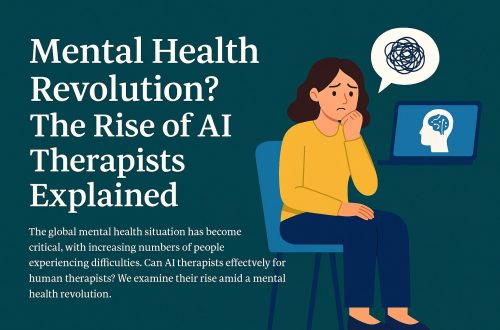Imagine a self-driving car speeding through city streets or a drone flying quickly between tall trees. Both of these things need to think quickly and respond in milliseconds. This is where **Edge AI shines**: it processes data straight on the vehicle or drone instead of depending on clouds far away. This cuts latency from deadly seconds to almost immediate moments, allowing for *remarkably effective* judgments in split seconds.
Latency, or the time it takes to sense the environment and make a decision, can be deadly for autonomous systems without warning. LiDAR, cameras, radar, and GPS all send information to self-driving cars, which are always on the lookout for surprises like a pedestrian unexpectedly crossing the street or a car changing lanes without warning. Sending data back and forth to faraway servers with traditional cloud AI can cause delays that make these important reactions less effective. Edge AI processes data on the device itself, avoiding network problems and bandwidth constraints. This lets vehicles and drones operate quickly, no matter how well they are connected.
This huge drop in latency is more than just a tech update; it’s *essential* for the safety and performance of autonomous tech. Edge AI-equipped cars can quickly read road signs, traffic lights, and the actions of other drivers, allowing them to make safe navigation decisions without wasting time. Drones that fly over complicated 3D spaces also depend on fast, local processing to avoid crashes and do difficult jobs consistently.
Edge AI works its magic by using lean machine learning models on specialized hardware accelerators like Google’s Coral Edge TPU and NVIDIA’s Jetson modules. These are *very efficient* engines that cut inference time from seconds to milliseconds. Edge AI also smartly preprocesses and filters raw data, cutting down on bandwidth utilization by only delivering the most important insights to the cloud. This eases network pressure and lowers expenses.
Edge AI not only speeds things up, but it also *strongly improves* data privacy and security by keeping sensitive information on-site. This lowers the chances of interception or leakage, which is becoming more important as regulations get stricter and customer expectations rise.
Tesla, Mercedes-Benz, and BMW are already using edge-based AI in their upcoming vehicles. This lets them offer anything from enhanced driver-assist functions to predictive maintenance and tailored entertainment. The rollout of 5G networks adds to this trend by providing *much faster* and more robust local connectivity, which lowers latency even further and makes these systems more responsive.
Edge AI is like the flexible nervous system for self-driving cars and drones. It lets them think about what’s going on around them and act nearly right away, which saves lives and speeds up the future of smart transportation. Edge AI is a *particularly innovative* and necessary building block for the general usage and trustworthiness of autonomous technology since it combines real-time processing, privacy-first data handling, and efficient bandwidth use.
—
**Some of the best things about Edge AI for self-driving cars and drones are:
– **Latency is greatly reduced** because processing is done on the device and reactions happen in milliseconds.
– **Integration of many sensors** for real-time information from LiDAR, radar, cameras, and GPS.
– **More privacy and security** by moving less data to the cloud and keeping important information close to home.
– **Efficient use of bandwidth** with clever data filtering and selective cloud communication.
– **Very dependable performance** even when network connections are weak or drop out.
– **Scalable architectures** that let cars and drones work on their own without putting too much stress on central servers.
– **Synergistic utilization of 5G networks** to make speed and dependability even better.
– **Better safety and user trust** since decisions are made faster and more consistently.
In the next several years, as AI continues to grow and work with edge computing, we’ll see self-driving cars that are not only faster and smarter, but also safer. This will make transportation and aerial navigation much more responsive and reliable companions on the road and in the skies.





